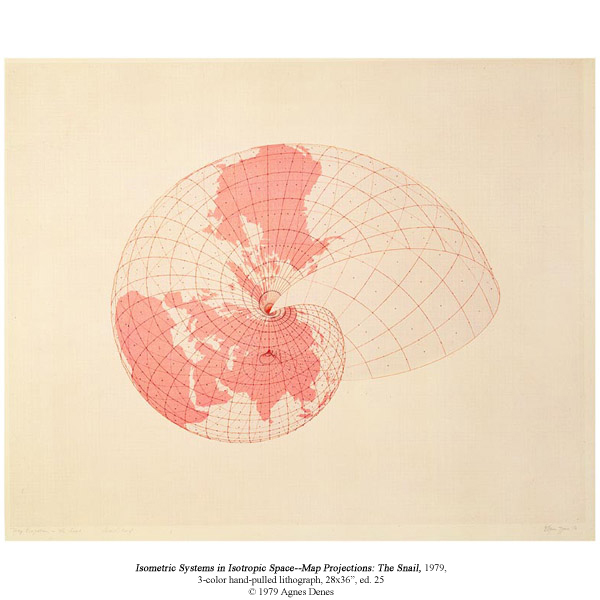Imagine this: The future lies behind us, we can not see it, can not frame it. The future is more than beyond our reach, it is intengible. But there it is, still, waiting. We can feel it lingering behind our backs. Uncertain. Manifold. Ready to be condensed into a dynamical state of almost certainty. When we raise our heads to view the passing of time, the past appears ahead of us, aggregating present moments, overgrown by ever more finalities. The past is a landscape that the present is constantly being morphed into. It is this land that is beyond our reach. Caring about the future is to care about the transformation of present to past times. We disarrange the components that made up past presents, we come up with new relations, we shift the focus. We are mending the passage ways to our gardens and it is science that informs us about our best options in doing so. When I care, I value the imprint of my actions. I maintain, I repair, I continue (Puig de la Bellacasa, 2017, p. 161). I position myself as a living externality of the past, of the space before me. I take action towards what it is that I ought to see when I look into the valley of the past. I hear the voices of the past still and I amplify those echoes which I relate to what it is that we shall become. Consider this: It is possible to care in science. It is plausible to mend science. In the face of uncertain futures our capacities to create is what will bear the future that will pass by us. On the one hand this capacity allows us to evolve new beginnings, so to adapt to ever changing conditions. On the other hand, it grands us the opportunity to turn over the soils on which not only plausible futures may fruit but even those that we desire. It is here where the story of the future unfolds.
As we look into the past to shape our imagination of how future transfomartions can be expected to act out, we are projecting our individual or collective intentions and relations onto our model of the future. This is neither a deficit nor a surprising matter but merely a by-product of human experience. To account for this feature of modeling, projecting, predicting (and even the derivation of general rules like the laws of physics) we must rethink of what it means to tell a story of becoming. Telling the future demands of us to be situated in what we understand to be our intentions and relations. To explore the concepts that inform our thinking, that make up our minds. Concepts like linear time and finitely discretizable space. A concept like the spin of an electron, the AMOC, or even climate change. None of these are right or wrong. They are ways of thinking, very much real and constructed (Latour, 1999). They are understood and transfer truth in a specific, retrievable frame of the past.
It is this why I wonder: Do I see with untainted eyes when I isolate my scientific practices from all relations I may have to the passage of times, whether they be caring or uncaring? Do I paint a representative picture by reducing my intentions to filling a gap I may have identified in scientific literature? Or, on the contrary, may I be able to create a relatable truth by engaging with affection, by embodying the knowledge that I consume, by allowing me to transform with it from the present into the past? I tell you what I was told: What it means to engage, is to listen to the many tales of the relational collective and to tell what one has made of them in reciprocity (Kimmerer, 2015). This practice may be called weaving. What it means to embody, is to carry these tales into one’s life and let them move you the same way they are moved by you (Puig de la Bellacasa, 2017). This practice may be called leaning or tending. What it means to transform, is to allow space for the unconscious flowing of our dreams as they come and go, manifest and dissolve, collaboratively (Haraway, 2016). This practice may be called leaving. And I do believe that our ways of science are capable of that.
After years of disentanglement, of isolating matters, of appropriating practices, of dichotomizing realities,… How do we dissolve from here? How do we broaden our prospects to actually grasp what is wanted and needed of our becoming? Is it reproducing the same mechanisms that have pushed our planetary boundaries thus far or is it rather our obligation now, as scientists and as caring beings, to nurture a “capacity to create untried beginnings from which to evolve a fundamentally new way of living when existing ecological, economic, and social conditions make the current system untenable” (Westley et al., 2011, p. 763). Or as Suely Rolnik puts it: “So what we need is not to desperate about the end of the world but to invest to precipitate the end of this world because it is a gone design and you must act to help […] this world to die – bye, bye, enough! 5 centuries, enough!” (Suely Rolnik, Burning Futures Podcast, Episode 8, minute 28:45, 2021).
Bottom line is: I wish for more relatable exchange in academia. Do you relate?
References
Puig de la Bellacasa, M. (2017). Matters of Care – Speculative Ethics in More Than Human Worlds. Minneapolis: University of Minnesota Press. ISBN: 978-1-5179-0064-9
Haraway, D. J. (2016). Staying with the trouble: Making kin in the Chthulucene. Duke University Press. ISBN: 978-0-8223-6224-1
Kimmerer, R. W. (2015). Braiding Sweetgrass. Milkweed Editions. ISBN: 978-1-57131-335-5
Latour, B. (1999). Pandora’s Hope : Essays on the Reality of Science Studies. Cambridge, Mass.: Harvard University Press
Westley F, Olsson P, Folke C, Homer-Dixon T, Vredenburg H, Loorbach D, Thompson J, Nilsson M, Lambin E, Sendzimir J, Banerjee B, Galaz V, van der Leeuw S. Tipping toward sustainability: emerging pathways of transformation. Ambio. 2011 Nov;40(7):762-80. doi: 10.1007/s13280-011-0186-9. PMID: 22338714; PMCID: PMC3357751

